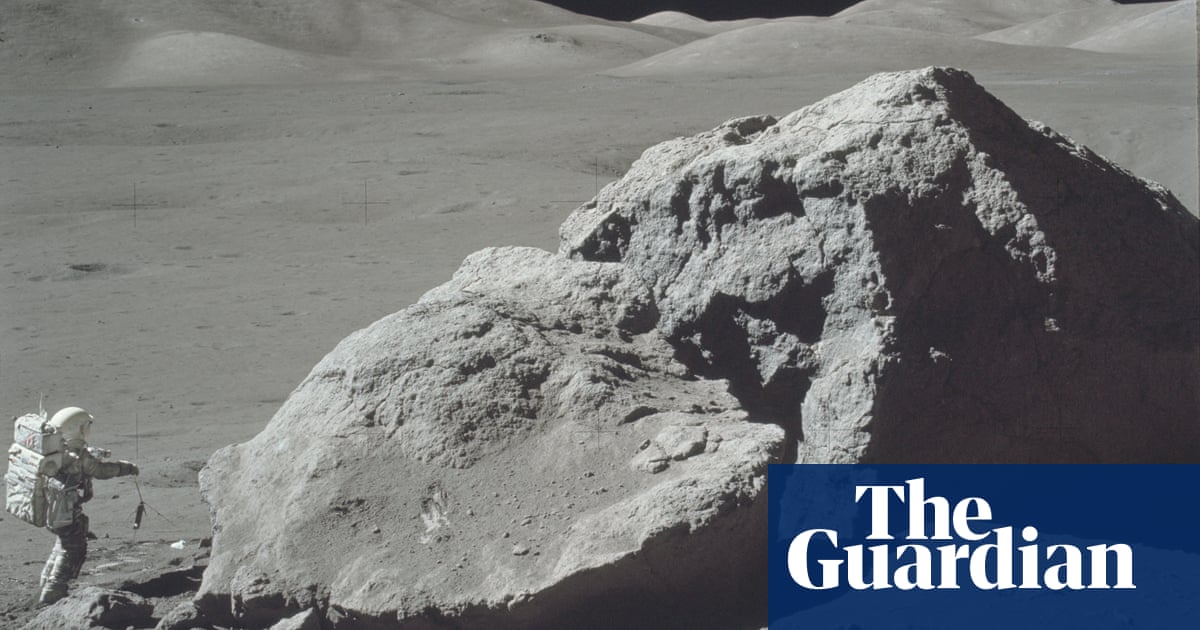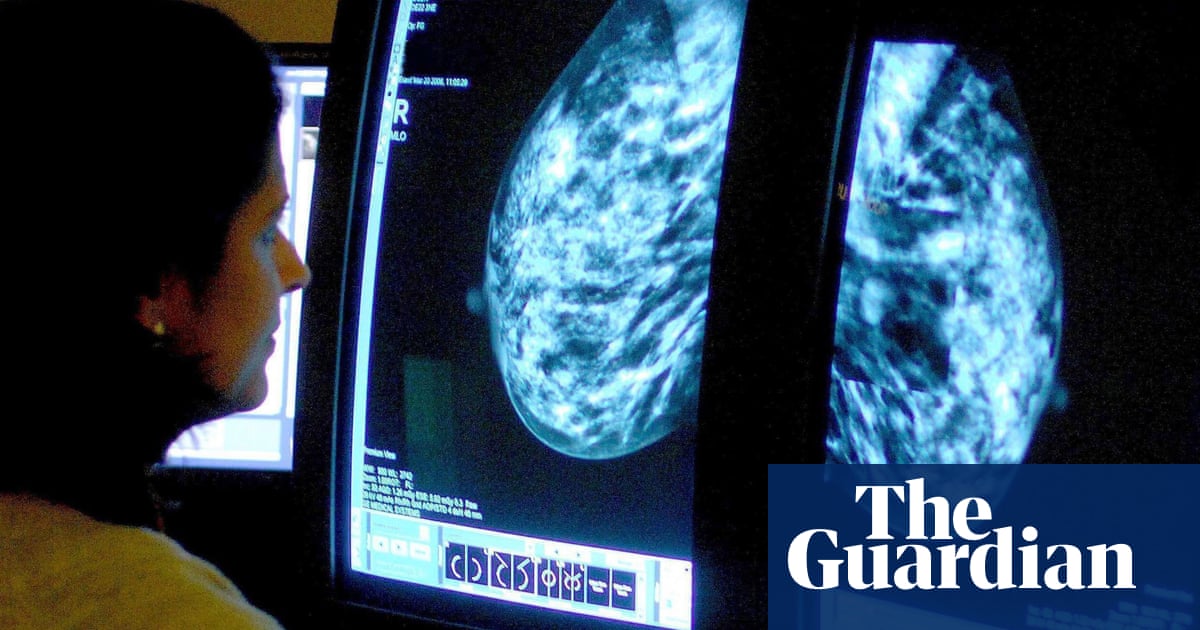
It has shone down upon the dinosaurs, inspired the greatest poets, and been explored by intrepid astronauts. But despite its enduring presence, quite when the moon came into being has remained a matter of debate. Now researchers say they have the answer, revealing the Earth’s satellite is 40m years older than previously thought.
Scientists made their discovery by studying crystals within lunar dust that was brought back in 1972 as part of the Apollo 17 mission – the last time astronauts set foot on the moon.
“It’s amazing being able to have proof that the rock you’re holding is the oldest bit of the moon we’ve found so far. It’s an anchor point for so many questions about the Earth. When you know how old something is, you can better understand what has happened to it in its history,” said Dr Jennika Greer of the University of Glasgow, the study’s lead author.
Around 100m years after the formation of the solar system, when the planets had already formed, it is thought a Mars-size body struck Earth, ejecting a large mass of material that eventually became the moon. The energy involved in the impact meant its surface was initially molten, but as the lunar magma ocean cooled the material solidified.
Crucially, it is thought the crystals scrutinised in the study formed during this cooling process, meaning their composition offers researchers the chance to probe their age, and hence the age of the moon itself.
However, pinning down such timings has been tricky. Some work on lunar materials together with modelling has suggested the moon is about 4.42bn years old, but recent research into the crystals has suggested it could be even older.
Now researchers say new analytical techniques appear to confirm that the crystals formed further back in time.
The approach, known as atom probe tomography, involves using a laser to evaporate atoms from crystals that have been sharpened to a very fine “nano tip”. The mass of these atoms can then be detected and the proportion of different types of uranium and lead atoms – known as isotopes – can be measured. Because uranium turns into lead over time through radioactive decay, this proportion can shed light on how old the crystals are.
The upshot, the team write in the journal Geochemical Perspectives Letters, is that the crystals, and hence our satellite, appear to be at least 4.46 bn years old.
“This age pushes back the age of the first preserved lunar crust by ∼40 [million years] and provides a minimum formation age for the moon within 110 [million years] after the formation of the solar system,” the team write.
They suggest samples of such crystals which give rise to the conclusion of a younger age could be down to the loss of lead in the material after crystallisation, skewing the resulting dating.
Dr Romain Tartèse of the University of Manchester, who was not involved in the research, welcomed the study.
“This indicates that the moon is at least 4.46 [billion years old], which contradicts some of the recent proposals for a young moon formation,” he said.
The revelation, he added, suggests the giant impact with Earth from which the moon formed likely occurred a few tens of million years before that point.
However, Tartèse noted the study assumes that the findings from the Apollo samples applies to the whole moon, which may not be the case.
“This underlines the importance of returning further samples from different regions of the moon through future missions,” he said.
“This study also exemplifies the great benefit of sample return missions and proper curation,” Tartèse added. “More than 50 years after these samples were returned we are still making key discovery about the moon and the inner solar system as technology continues developing.”











